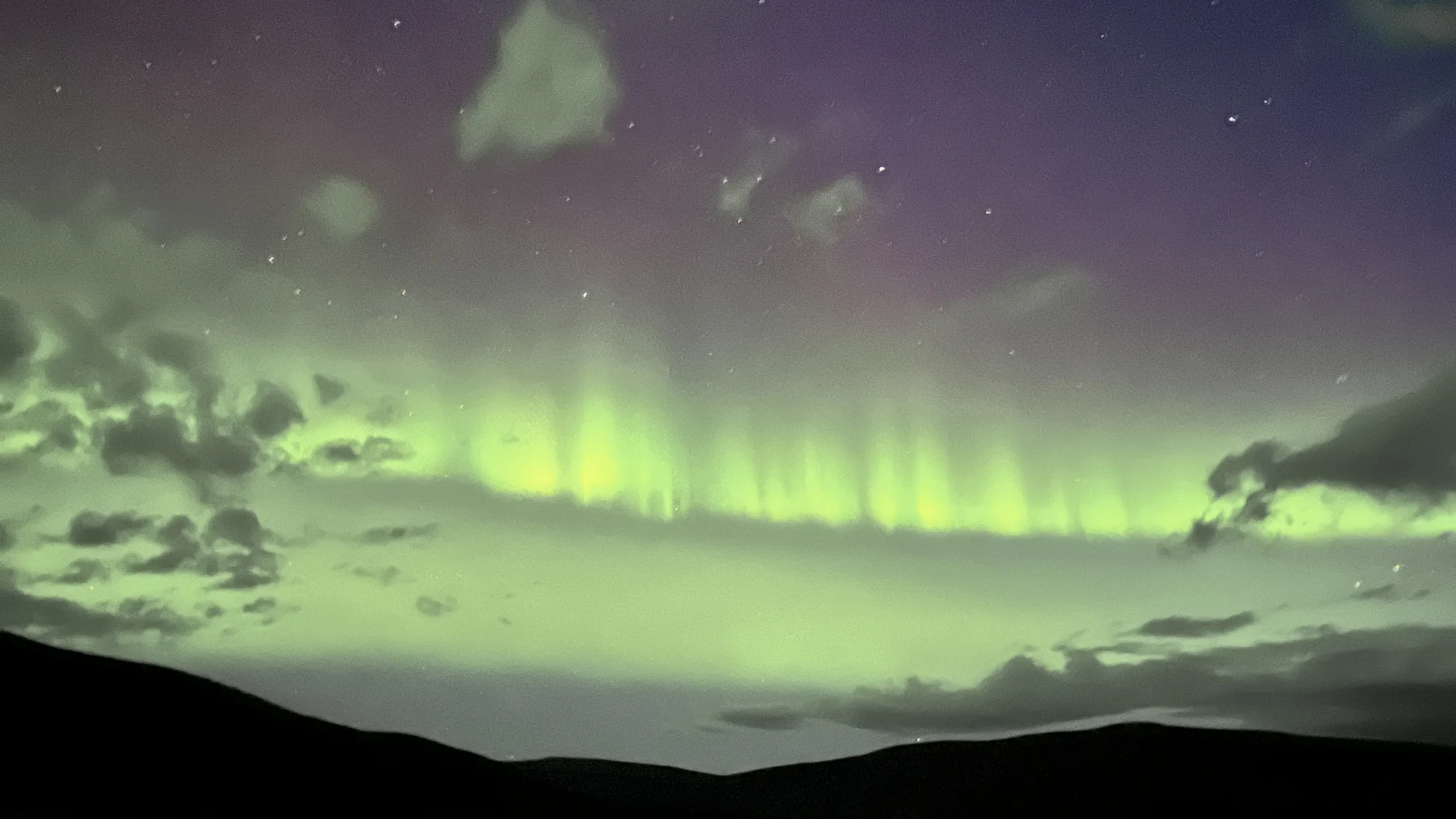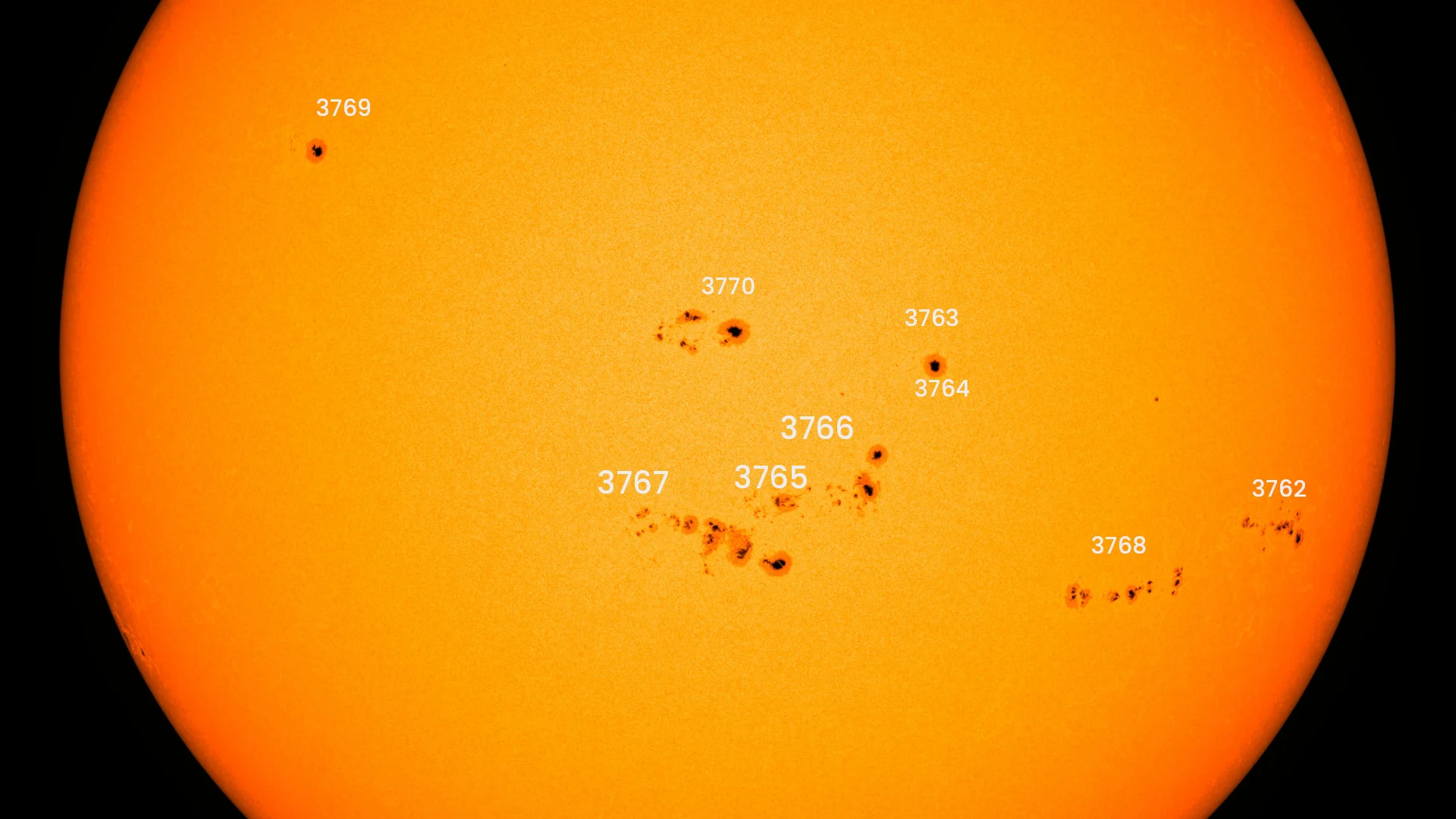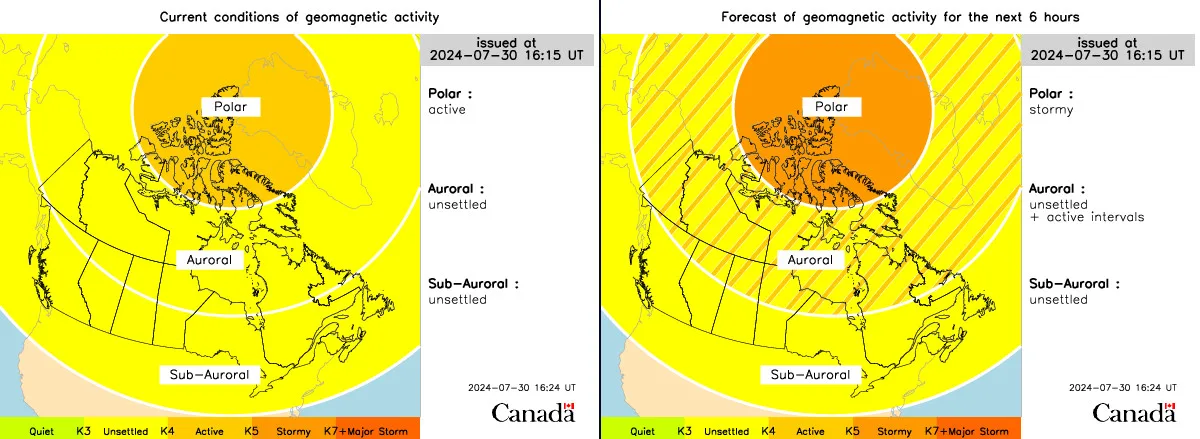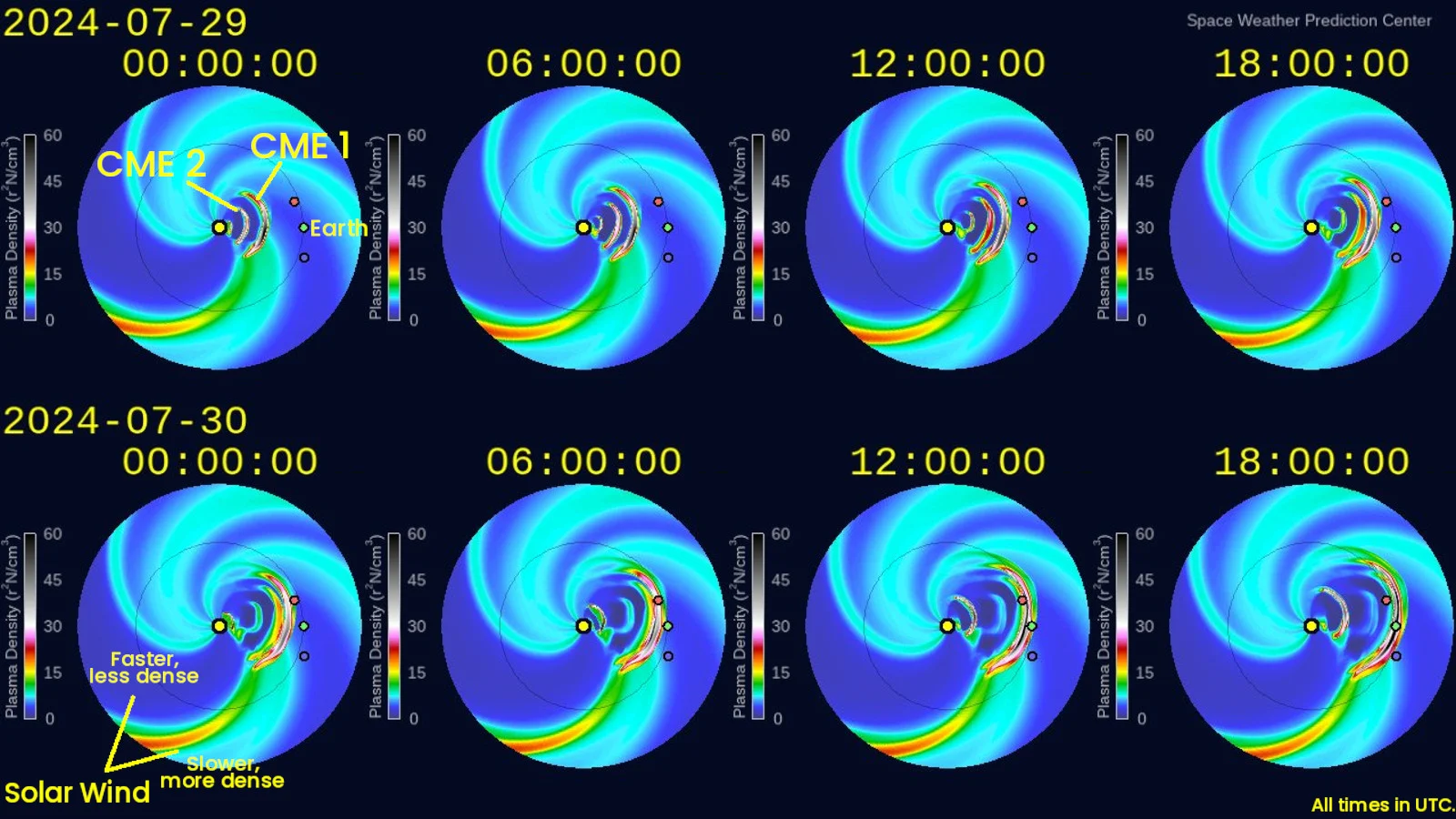
Solar storms could spark bright auroras across Canada this week
Keep your eyes on the sky this week as meteor showers and auroras light up the night!
Just as the two best summer meteor showers are ramping up towards their peaks, auroras may also shine across our night sky due to the Sun blasting out a series of flares and eruptions over the past few days.
This story has been updated with the latest reports and forecasts for geomagnetic activity.
If your skies are clear this week, it's a perfect time to get outside for a few hours each night. The Southern Delta Aquariid and Perseid meteor showers are already putting on a fairly decent show, with the Southern Delta Aquariids peaking Wednesday night, and the Perseids building towards their peak in mid-August. However, due to some fairly intense solar activity over the past few days, we also have a chance to see bright displays of the Northern Lights. This was expected to begin on the night of Monday, July 29, and persist over several nights this week!

The active regions on the Earth-facing side of the Sun on July 29, 2024. AR's 3765, 3766, and 3767 have been emitting moderate to strong solar flares and several coronal mass ejections since July 27, which are expected to result in geomagnetic storms over the coming days. (Base image: NASA SDO, Labels: Scott Sutherland)
Forecasters with NOAA's Space Weather Prediction Center anticipated geomagnetic storm conditions to start Monday night, with the arrival of a weak coronal mass ejection (CME) that erupted from the Sun early on Saturday. Coronal mass ejections, aka solar storms, are clouds of charged solar plasma that erupt from the Sun, typically following an intense solar flare.
The initial solar storm did arrive more or less as expected, sparking a G1 (minor) geomagnetic storm overnight, according to SWPC.
However, the more intense G2 (moderate) and G3 (strong) geomagnetic storm conditions did not emerge, likely due to the delayed arrival of a more potent 'cannibal CME' that erupted later on Saturday. Initially timed to arrive in the morning on July 30, it is now expected to reach Earth later in the day.

Two coronal mass ejections erupt from the Sun on July 27, 2024. The left panel shows one CME departing the Sun towards the left. The right panel, from a few hours later, shows the same CME having expanded farther, along with a second CME emerging towards the right. (NASA/ESA SOHO, NASA SDO, Scott Sutherland)
SWPC's latest forecast has the G3 (strong) geomagnetic storm conditions occurring around midday on Tuesday (EDT), due to the initial impacts of this merged solar storm's arrival. They anticipate conditions tapering off to G1 (minor) for the rest of the day, intensifying to G2 (moderate) in the early evening (EDT), and then weakening to G1 (minor) overnight.
While auroras from a G3 geomagnetic storm can stretch south to cover nearly all of Canada, G2 auroras tend to remain over the northern Great Lakes. Their farthest southerly visibility may extend down to central Ontario. G1 auroras stay farther to the north, but can be seen through the central Prairies. These forecasts are for 3-hour blocks of time, though, and the aurora strength and southerly extent can vary quite a bit during one of those 3-hour periods.
Space Weather Canada is currently reporting 'active' geomagnetic conditions in the polar region (north of the Arctic Circle), and 'unsettled' conditions in the auroral and sub-auroral regions (through northern Canada and southern Canada, respectively).
Their six-hour and 24-hour forecasts for geomagnetic activity are for active with stormy intervals in the polar region, unsettled with stormy intervals in the auroral region, and unsettled in the sub-auroral region.

Due to even more solar storms erupting from the Sun on Sunday and Monday, NOAA SWPC is forecasting a return of G2 (moderate) geomagnetic storm activity overnight on Wednesday. The timing appears to be in the early pre-dawn hours (EDT), but more towards the middle of the night for observers in western Canada.
Check back for updates!
'Cannibal CME'?
Some space weather terminology is fairly straight forward or easily described in a sentence or two. Other terms take a bit longer to explain. So, what is a 'cannibal' CME?
As a coronal mass ejection expands out into space, it interacts with the solar wind — a near-constant stream of particles that flows away from the Sun — which tends to slow its progress. However, during that interaction, the CME also sweeps up the solar wind material in its path, leaving relatively empty space behind it. If another CME erupts in that same direction before the solar wind can fill in the empty space, that CME can catch up to and merge with the one that preceded it.

The process of a cannibal CME merger is illustrated in these progressive panels of the ENLIL solar wind model. Two CMEs erupting from the Sun (yellow dot, centre) on July 27 travel towards Earth (green dot, centre right), with the second slowly catching up to the first. The blue and red dots stand in for NASA's twin STEREO spacecraft. The swirling 'pinwheel' pattern around the Sun is the solar wind, with the colours indicating the density of the solar wind particles (darker is less dense, while lighter colours represent higher density flow). (NOAA SWPC/Scott Sutherland)
This is known as a 'cannibal CME', and with their density and energy combined, the resulting merged solar storm can have stronger impacts on Earth's geomagnetic field than either of the original CMEs could have, alone.
(Thumbnail image courtesy Susan Pearse, who took this image of the Northern Lights from Ethel Lake, YT, on September 3, 2022, and shared it via the Weather Network's UGC gallery.)











